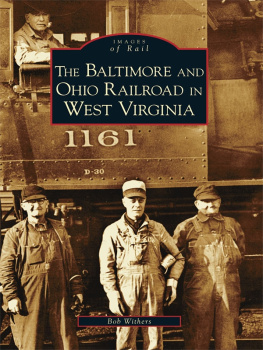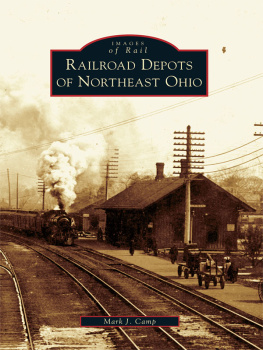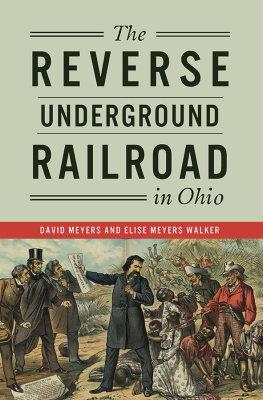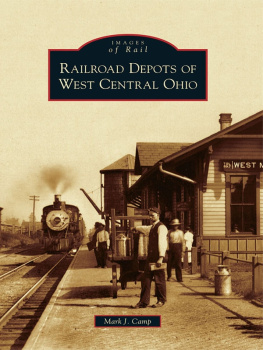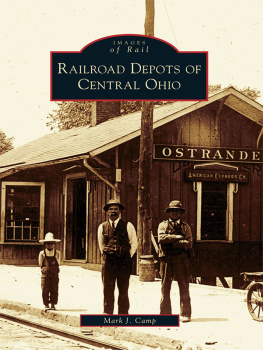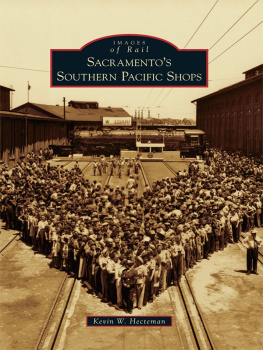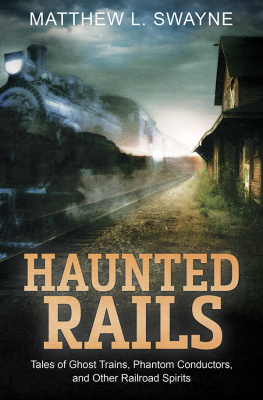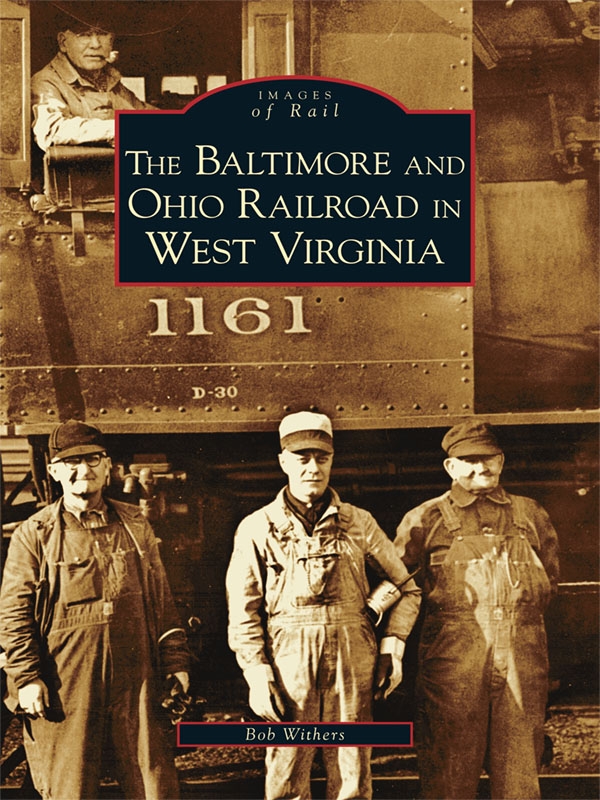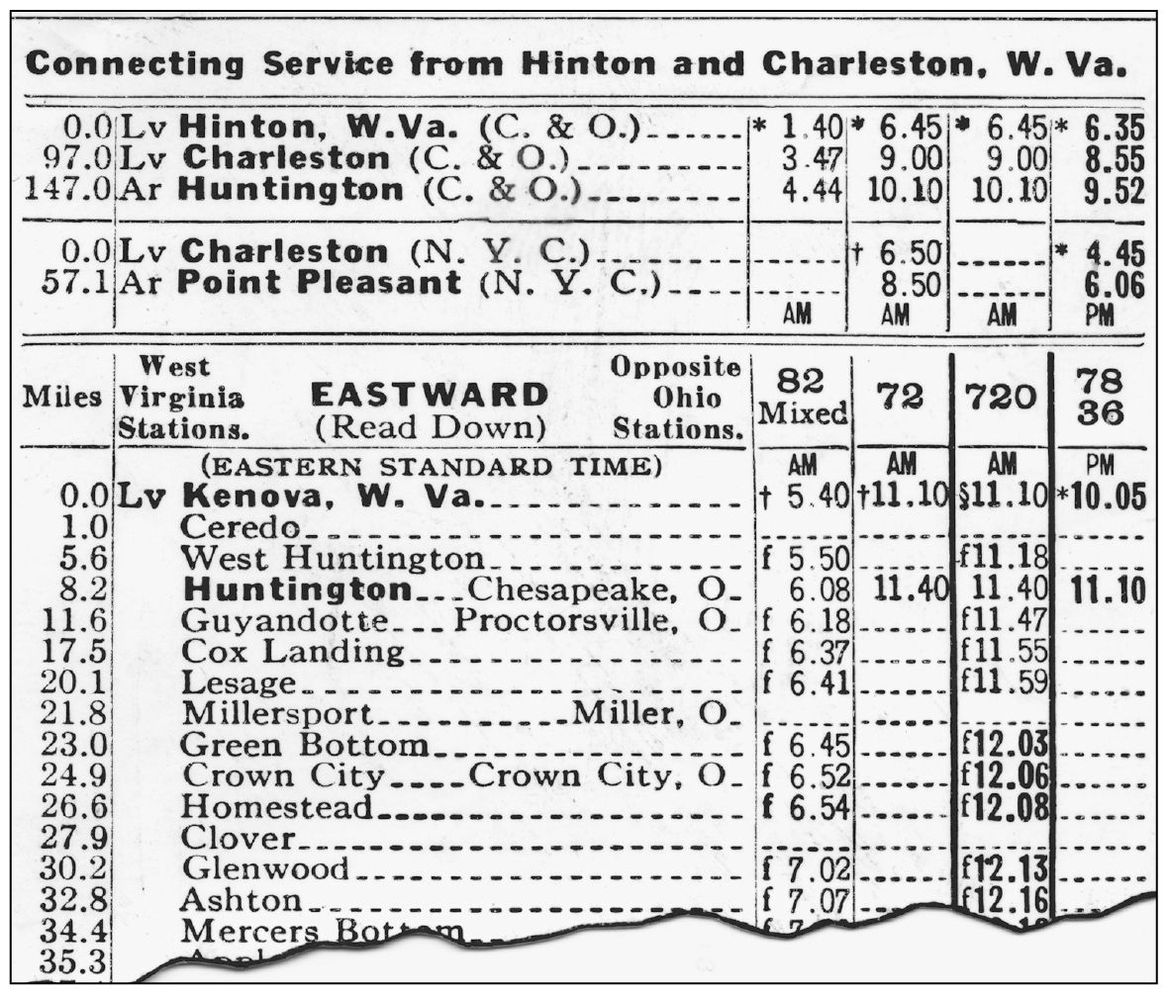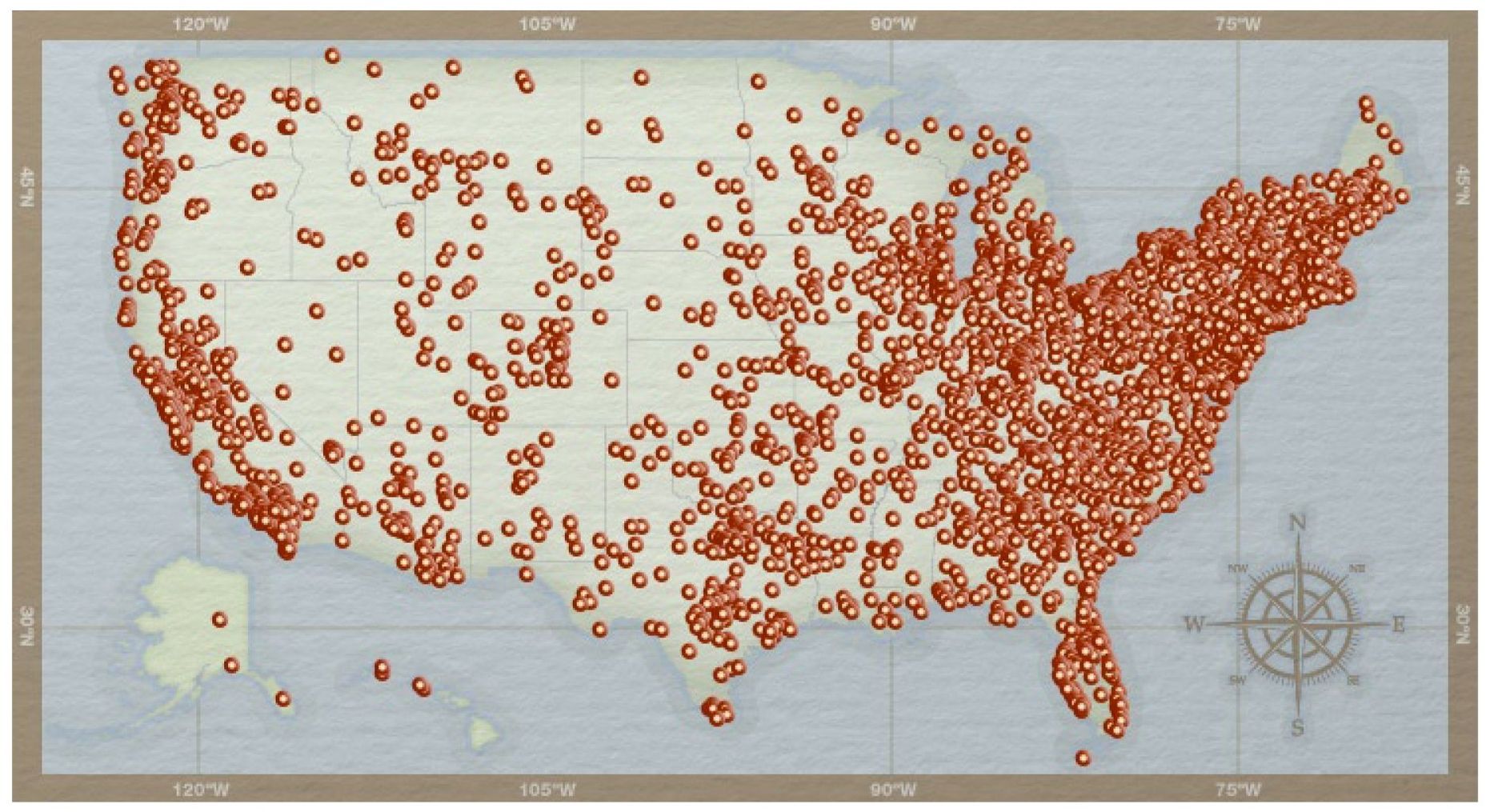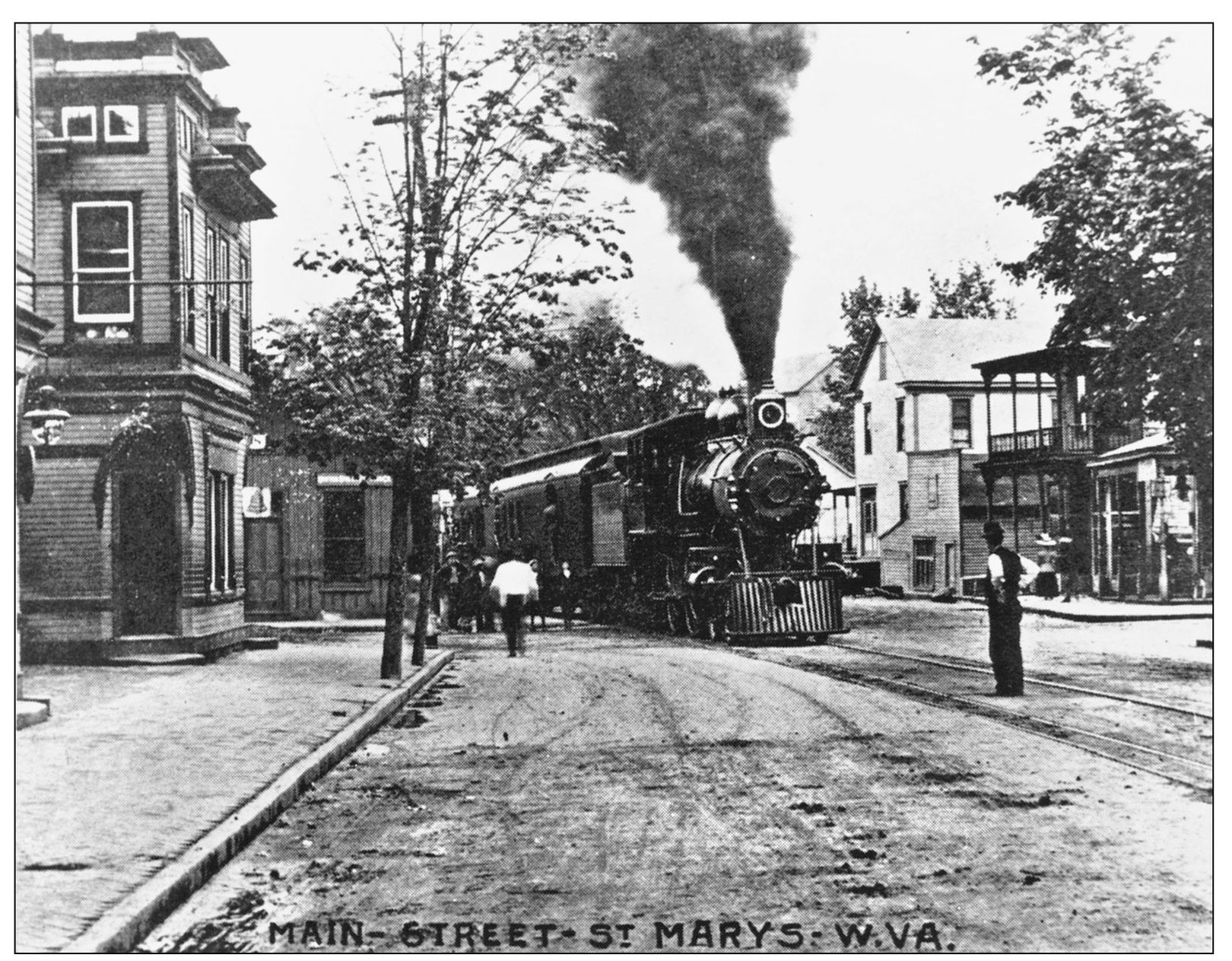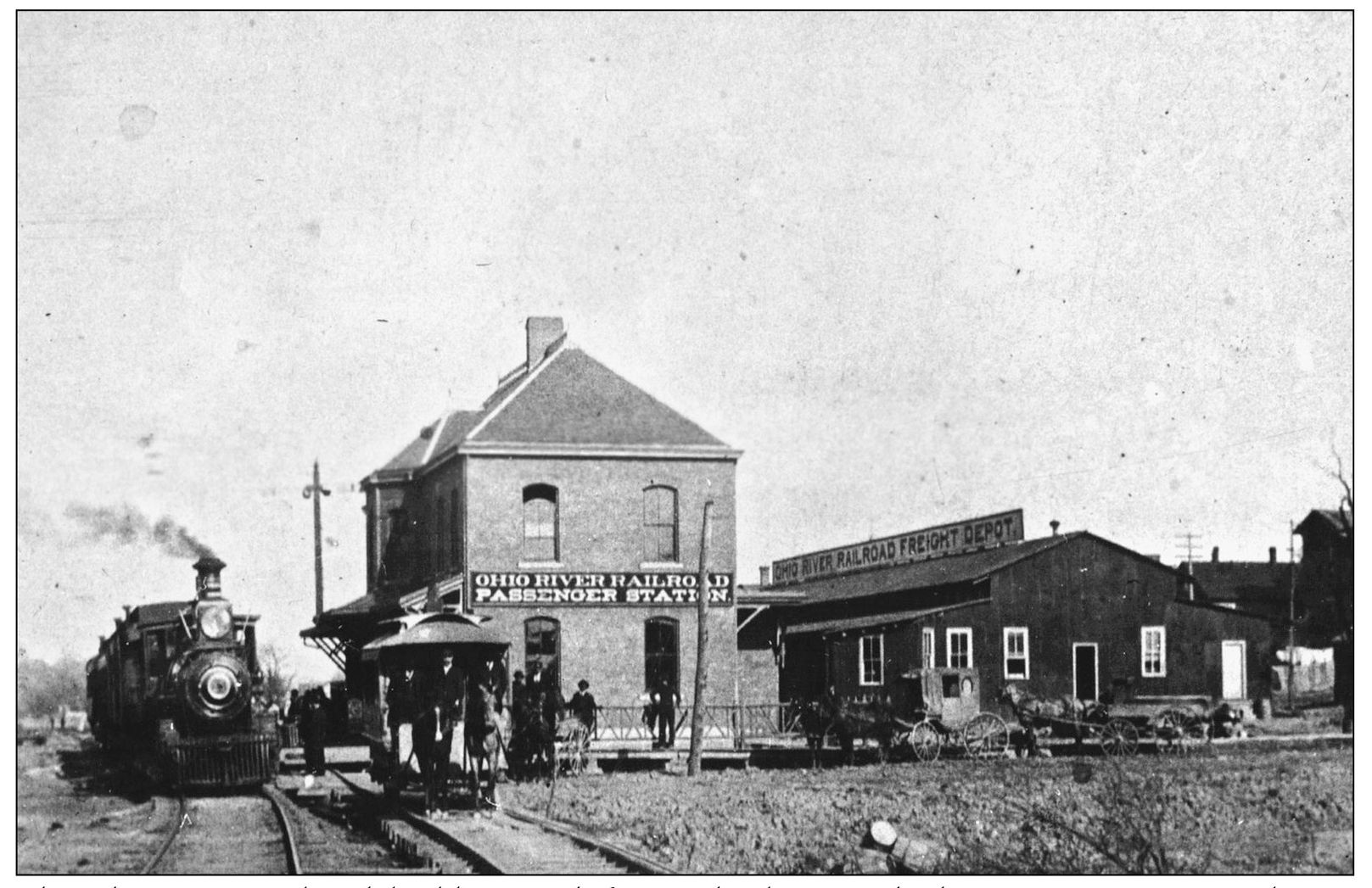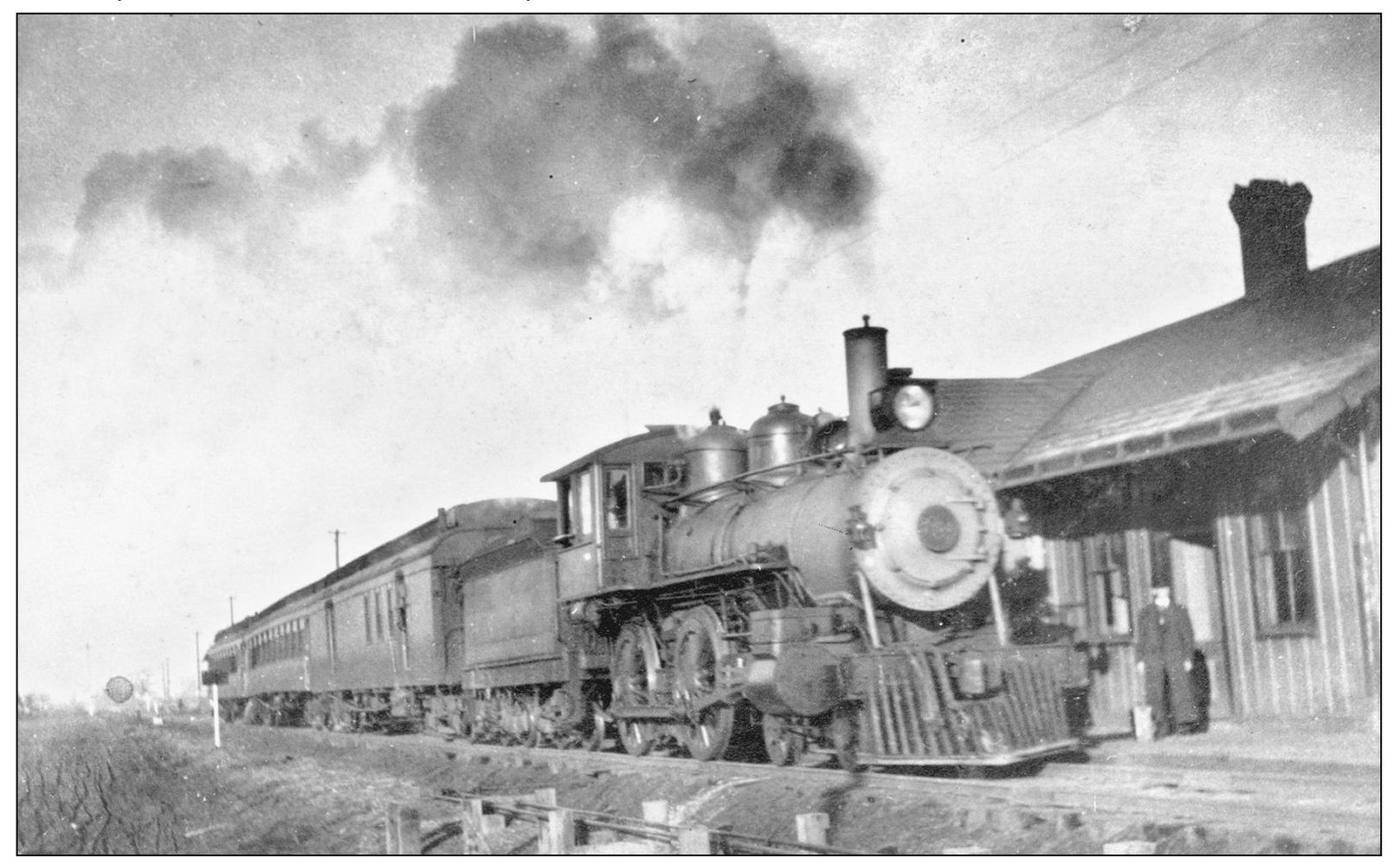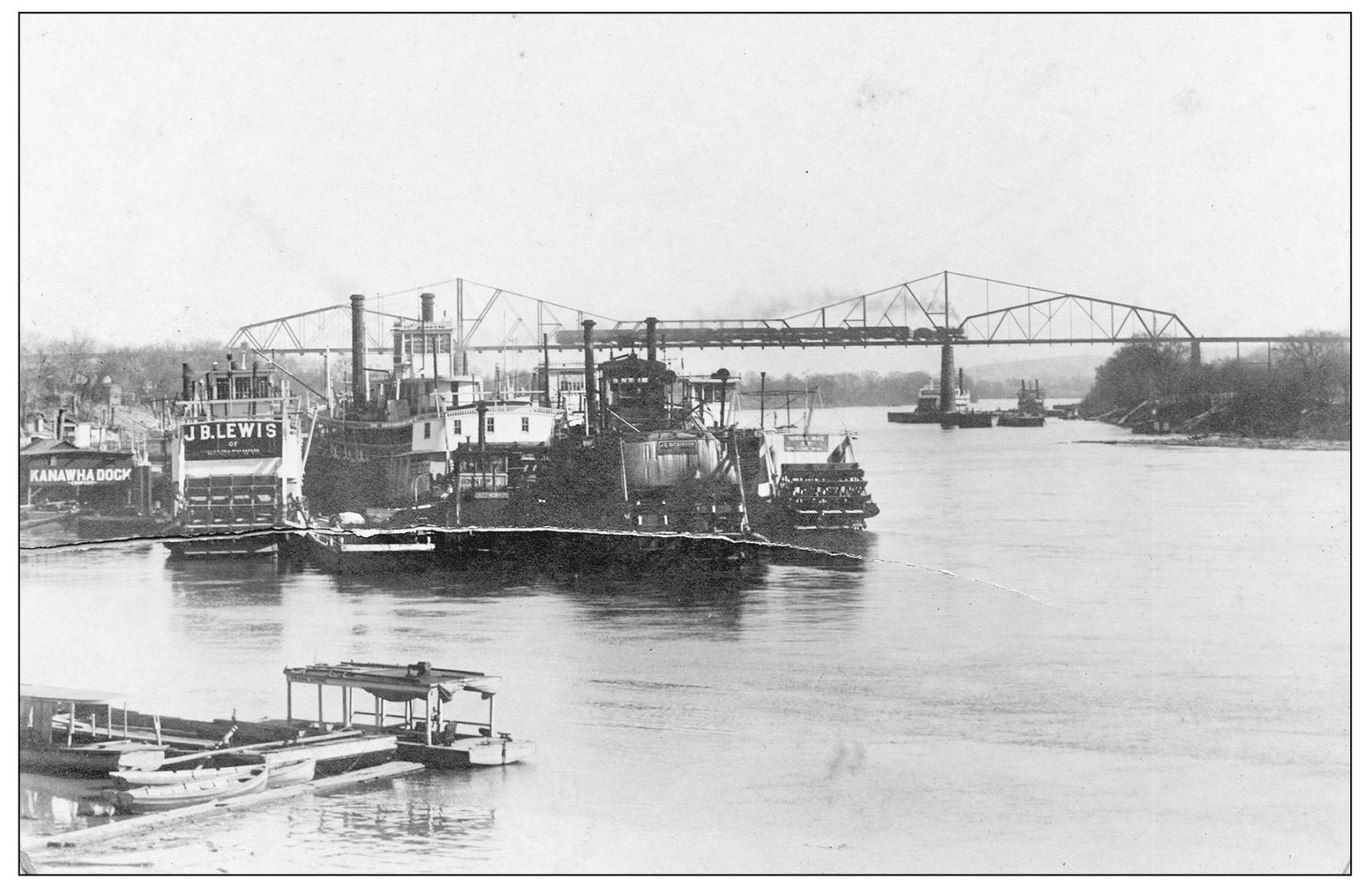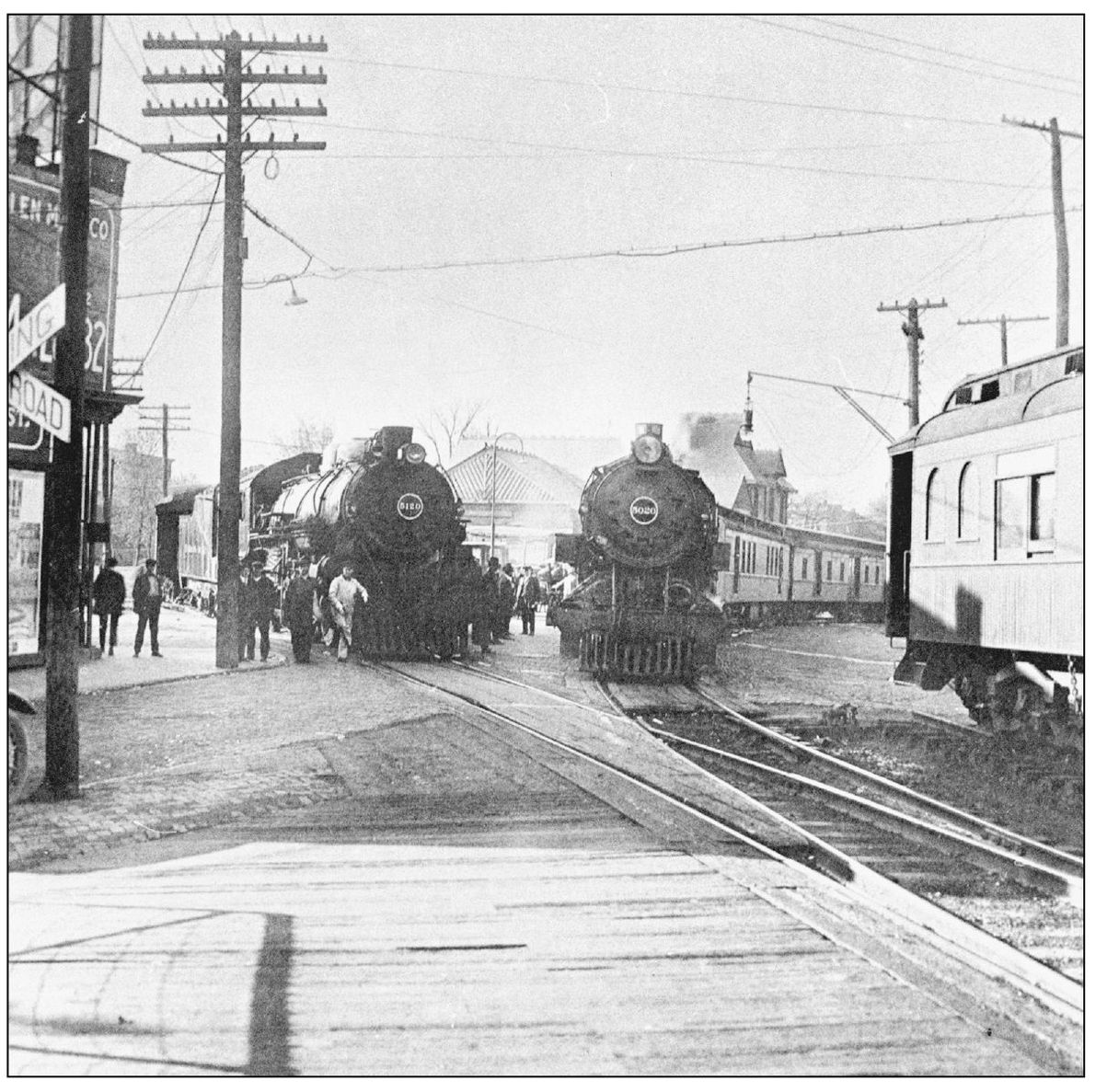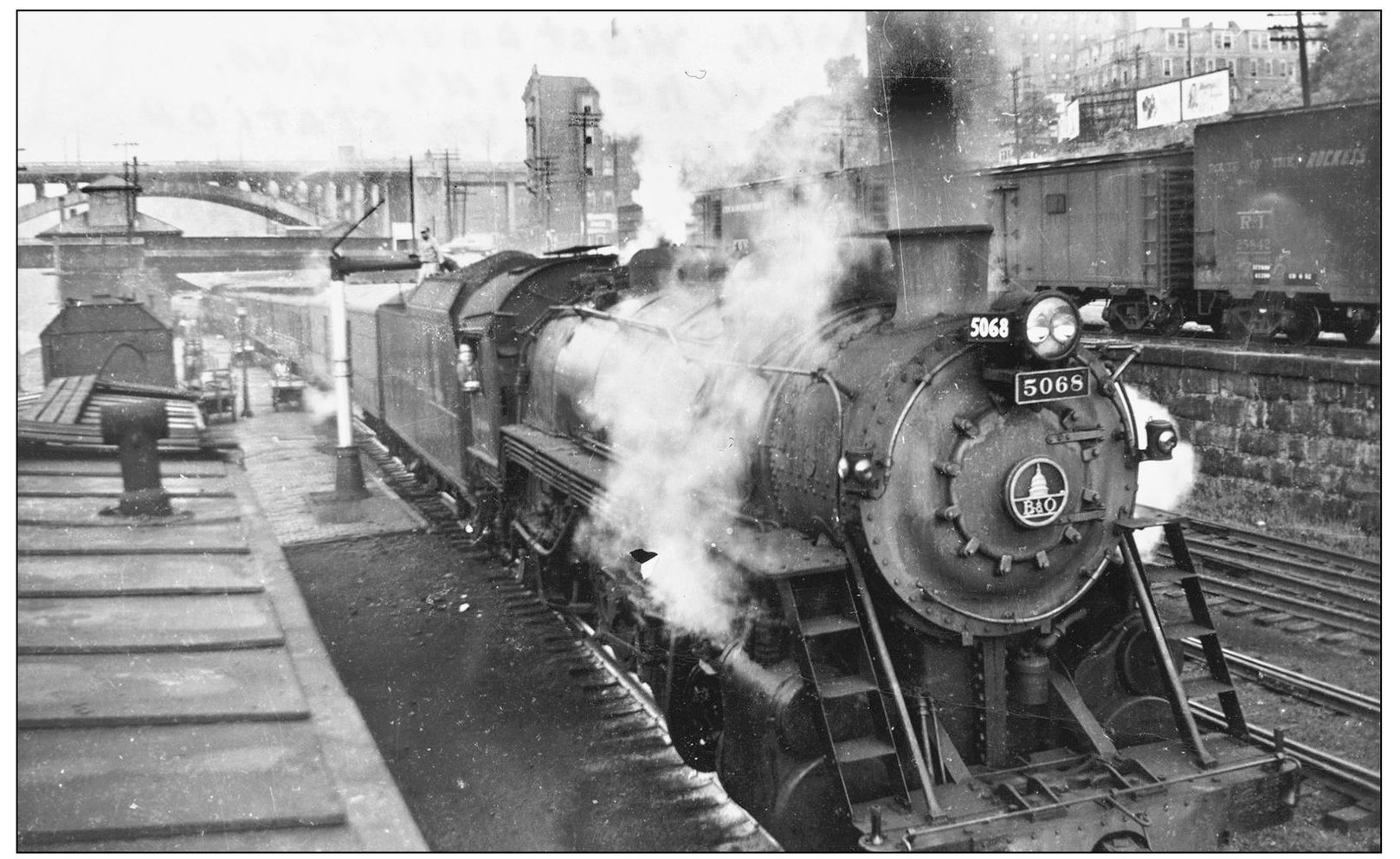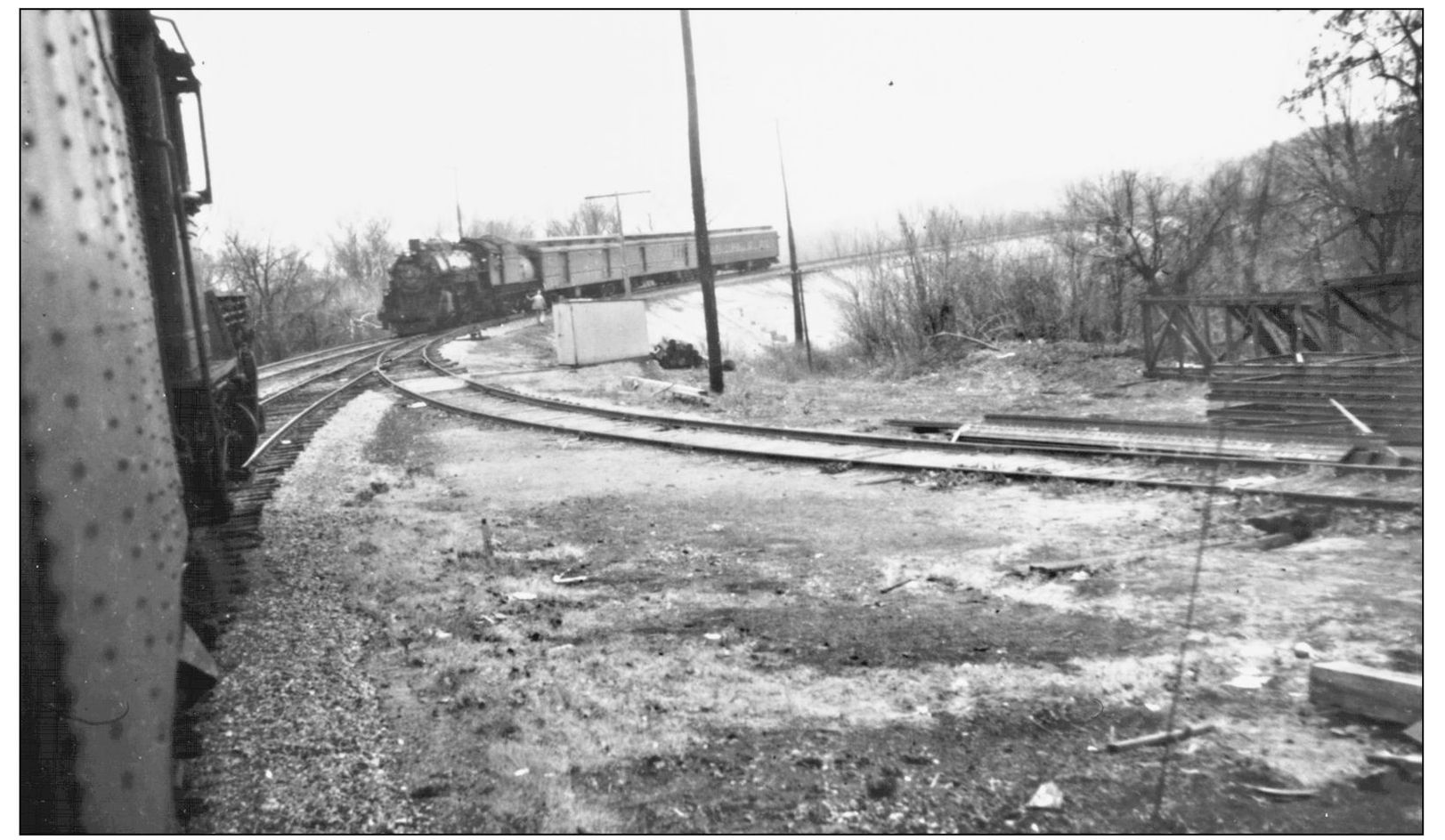ACKNOWLEDGMENTS
Without the railroaders and rail fans who recorded the images you are about to enjoy, this book would not have been possible. Train crews, officers, and clerks took pride in each other and their work, recording their efforts so future generations would learn what a steam engine looked like and how travel was conducted in the good old days. Railroad enthusiasts and members of the general public took the cue and did the same thing, benefiting those who were born too late to experience that world in person.
Specifically, railroaders whose photographic work and memories are included herein include H. D. Bee, Cliff Bellamy, F. Douglas Bess, Ralph W Brafford, Dave Corbitt, Larry K. Fellure Sr., Gary E. Huddleston, Charles B. Hughes, Joseph R. Krupinski, Charles Lemley, Lloyd D. Lewis, Robert G. Lewis, V. Wayne Mason, Charles and Esther Morrow, O. V. Nelson, Charles S. Ruddell, Harold Wetherall, and Don Whitlatch.
Others individuals and agencies whose archives, talents, and assistance have been tapped include Howard Ameling; Winnie Arthur; Charles W Aurand; Luther Baker; the Baltimore and Ohio Railroad Historical Society, Inc.; the B&O Railroad Museum, Inc., Hays T. Watkins Research Library; Garland T. Brown; Lawrence V. Cartmill; Classic Trains magazine; Richard J. Cook; C. R. Davidson; Stephen P. Davidson; Helen Diddle; Thomas W Dixon Jr.; the Dwight D. Eisenhower Presidential Library; Steve Exum; Bruce Fales; Steve Ferrell; Dan Finfrock; Minnie Finley; Don Flesher; Bob Freitag; Paul Fulks; W J. B. Gwinn; Leo Harmon; Herbert H. Harwood Jr.; Philip R. Hastings; Ken Hechler; the Herald-Advertiser ; the Herald-Dispatch ; Eloise Hines; Nancy Hirzel; the Huntington Advertiser ; the Interstate Commerce Commission; Gordon C. Jackson; John P. Killoran; John King; Fred Lambert; Mid-America Paper Collectibles; Charlotte Dugan Moore; O. S. Nock; Gladys Paden; the Parkersburg News ; the Richwood News Leader ; Capt. Russell Stone; Nancy Taylor; TLC Publishing, Inc.; Harold K. Vollrath; William E. Warden Jr.; Jan Weiford; Scott West; Jay Williams; and J. J. Young Jr.
The 21st-century public owes them, and many others like them, a debt of gratitude for their efforts to keep railroad history alive.
This page from the B&O Railroads April 25, 1948, timetable shows the eastbound trains running on the Ohio River line between Kenova and Wheeling. Trains 72 and 78 made connections to Pittsburgh, and Train 78 carried a Hinton-to-Pittsburgh sleeper via the Chesapeake and Ohio Railway to Huntington. The schedule also included mixed Train 82 between Kenova and Parkersburg. (Bob Withers collection.)
Find more books like this at
www.imagesofamerica.com
Search for your hometown history, your old
stomping grounds, and even your favorite sports team.
One
PASSENGERS
A southbound passenger train of B&O predecessor Ohio River Railroad pauses at St. Marys c. 1910. Smart little towns in the upper Ohio Valley such as this one, accustomed to the sonorous call of the steamboat, happily greeted the arrival of the faster and more convenient trains when they arrived in 1884. (Bob Withers collection.)
The Ohio River Railroad, building south from Wheeling, reached Huntington in 1892 when it took over the Huntington and Big Sandy Railroad. Here a horse-drawn streetcar prepares to take recently arrived passengers in that era to a connecting train at the Chesapeake and Ohio (C&O) Railway station across town. (Nancy Hirzel/Bob Withers collection.)
For several years before becoming part of Huntington, Central City was a separate municipality with its own railroad stations and yards. Here an eastbound Ohio River (OR) Railroad passenger train pauses at Central City in 1907. Five years later, the OR was destined to become part of the B&O. (Winnie Arthur/Bob Withers collection.)
A westbound OR passenger train trundles across the Kanawha River at Point Pleasant in 1908. Steamers E. R. Andrew and Robert P. Gilliam are beyond the bridge, while tied up at the Kanawha dock are the J. B. Lewis, Keystone State, Bonnie, J. Q. Dickinson, and Vernie Mac. (Capt. Russell Stone/Bob Withers Collection.)
An eastbound train calls at Parkersburgs Sixth Street Station on the BaltimoreSt. Louis main line c. 1915. A local waits behind the station, and a spare wooden coach awaits assignment in the right foreground. From the looks of the people milling around the trains, Parkersburg must have been a busy place indeed in those days. (O. S. Nock/Bob Withers collection.)
Fireman C. A. Clark, above, fills the locomotives water tank as Train 43 stops at Fairmont at 7:20 a.m. in August 1948. The run was the last surviving passenger service on B&Os original main line between Grafton and Wheeling. Passengers from New York City, Philadelphia, Baltimore, and Washington made connection with it on Trains 3, the Diplomat, and 23, the West Virginian. Below, the same run, by now known as Train 343, exits Soles Tunnel just west of Hundred on Friday, May 1, 1953. The train includes a sleeping caroffering 10 open sections, two compartments, and a drawing roomto Wheeling that started its journey in Washington. (Both photographs O. V. Nelson/Bob Withers collection.)
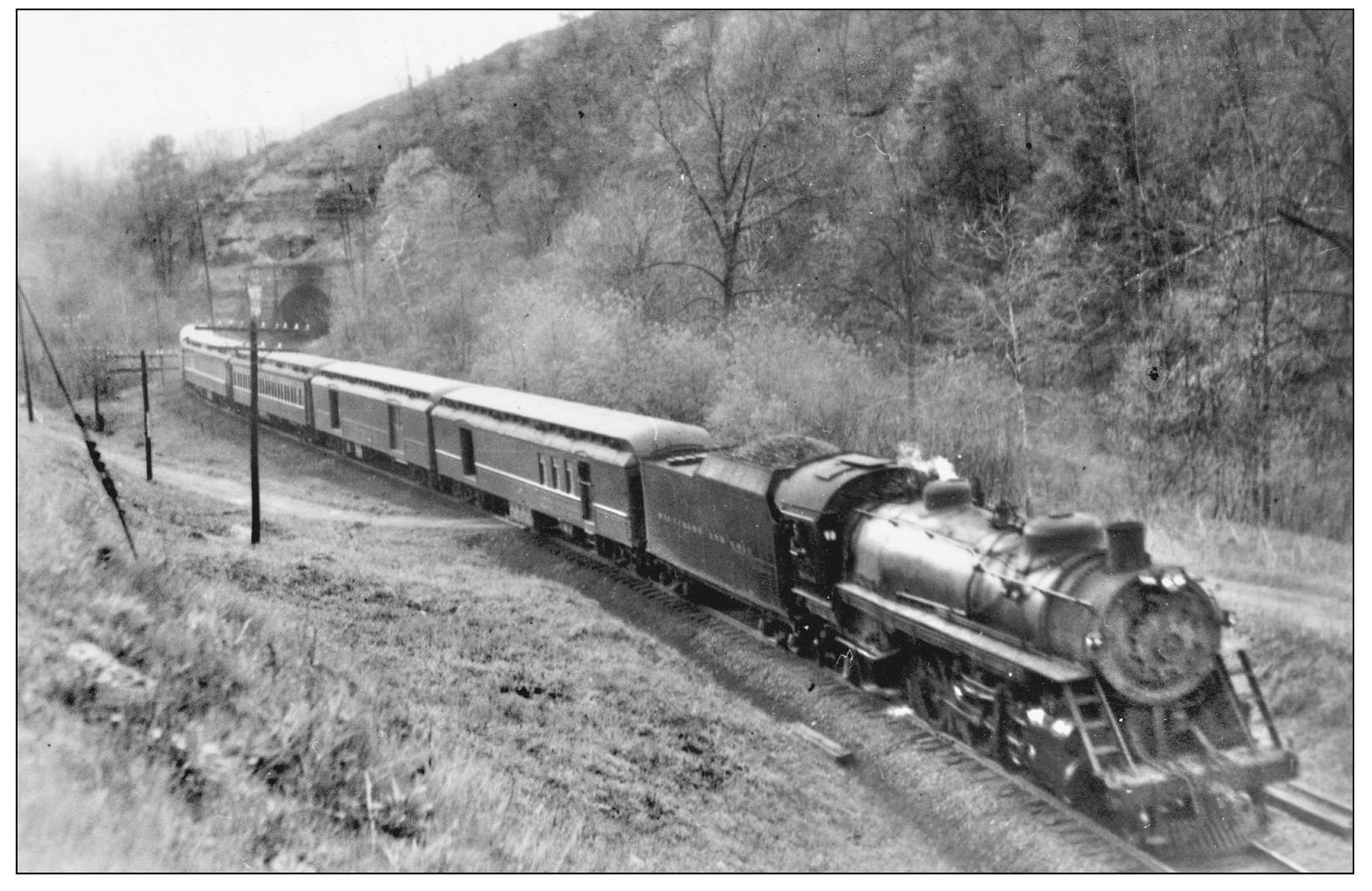
Kenova-Wheeling Train 72 stops at Graham on July 26, 1936. It actually is running as Train 720 because it is Sunday, and on that day it makes all the locals flag stops. Since the express car doesnt run on Sundays, the tiny 10-wheeler has only a baggage/mail car and coach in tow. The accommodating crew has allowed the photographer to disembark and snap the photograph. (Robert G. Lewis/Bob Withers collection.)

